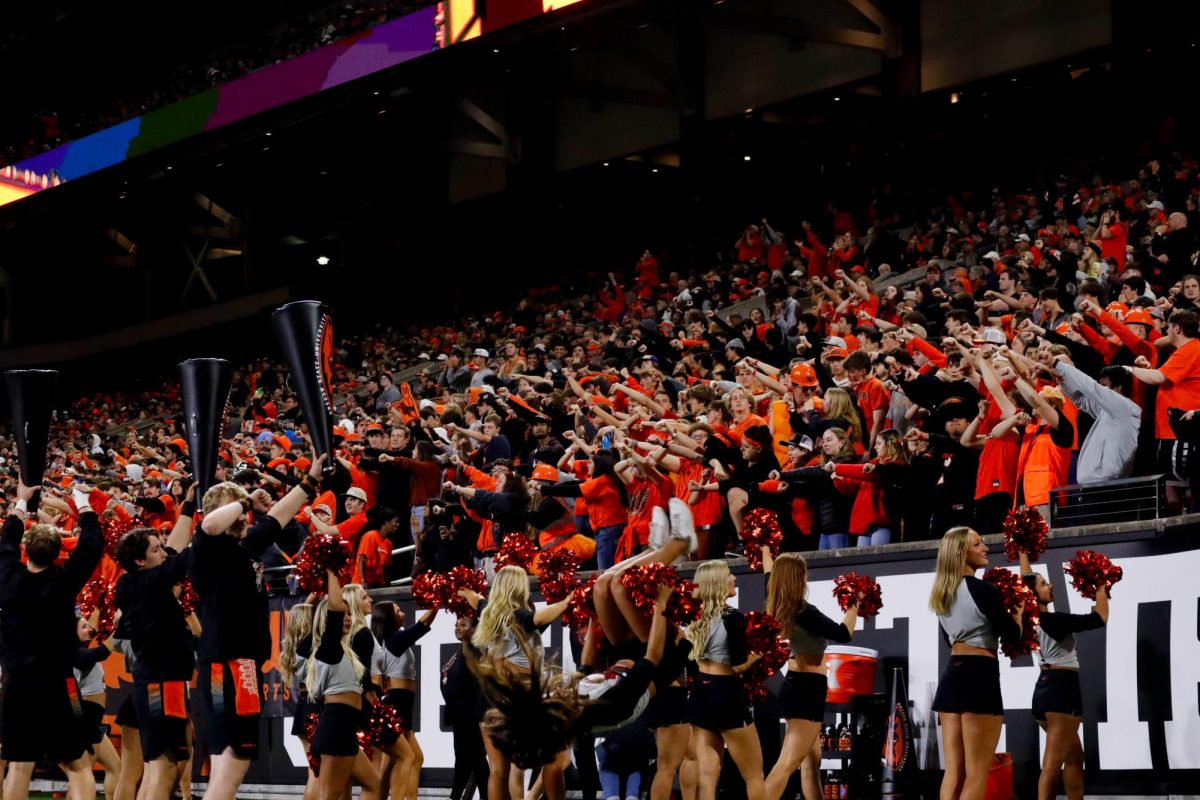New Corvallis Arts Center exhibit conveys hope about climate change
Art work displayed at the Corvallis Arts Center “What Will Nature Do?” exhibit, curated by Oregon State University climate scientist Dominique Bachelet. The exhibit, which is a collaborative art-science project, will be open until Nov. 13.
October 16, 2021
Arts-Sci Oregon State University encourages hope regarding climate change with a new exhibit at the Corvallis Arts Center.
Many people may see art and science as two separate entities. However, the individuals at Arts-Sci are trying to show the connections between these two fields, and to help scientific education reach a broader audience.
“If I were successful, I would see an art student at every lab at OSU,” said Jerri Bartholomew, one of the leaders and co-founders of Arts-Sci.
According to a new study from Nature Climate Change, 85% of the world population has been affected by human-caused climate change, but not everyone is studying it. Climate experts say the climate crisis is undeniable, and with worsening wildfires in the Pacific Northwest, as well as melting glaciers on Mount Hood and Jefferson, it may be hard to have hope in the face of such a catastrophic issue.
However, that is exactly what Dominique Bachelet and the exhibit “What Will Nature Do?” intends to accomplish. The exhibit features works depicting trees surviving since the end of the last ice age in clonal form and animals that travel with seasonal changes. The exhibit is intended to project hope and also say that nature will be just fine. While some species are threatened, others will continue to adapt and persevere in the face of a changing climate.
“Enough doom and gloom in the media, time to think of opportunities and adaptive capacity,” Bachelet said in an email. “Examples are paintings of very old trees (clonal like Pando or not like Methuselah), butterflies who escape the constraints—think migration, etc.”
According to One Tree Planted, a non-profit organization focused on global reforestation, Pando is a 14,000-year-old clonal colony of quaking aspen, which are named for their leaf movement and sound. In contrast, Methuselah is a single Great Basin bristlecone pine tree that is 4,852 years old.
Pando is called a clonal colony because it is not a singular trunk with branches, but instead many biologically identical trunks with a shared root system, and the colony demonstrates adaptive capacity through how long the trees have survived for.
According to Bachelet, people are inundated with climate change messaging through the media, and most of it focuses on what the public can’t do. While it is true that a minority of companies create the vast majority of carbon dioxide emissions—think Exxonmobil—Bachelet said constant negative messaging is not going to stop climate change.
“My motivation is to try and put a stop to all the doom and gloom messages in the media about climate change,” Bachelet said. “The younger generations should not be discouraged by all the negative messaging… Doom and gloom cause apathy and suicides; it should be stopped now. Nature is adapting, maybe not the way we like, but it is. We as a society, as a species, need to adapt to change and stop our frivolous ways of living so that the next generations have a decent planet to live on.”
This is not the first time the Corvallis Arts Center has worked with Arts-Sci, or the university in general. For over 60 years, the Corvallis Arts Center has been hosting exhibits with a goal to connect with OSU students and community and to help OSU students connect with the rest of Corvallis.
“One show each year is reserved for a student show to encourage more students to get involved with us,” said Cynthia Spencer, the executive director of the Corvallis Arts Center. “Art can be a communicator for complex issues such as climate change.”

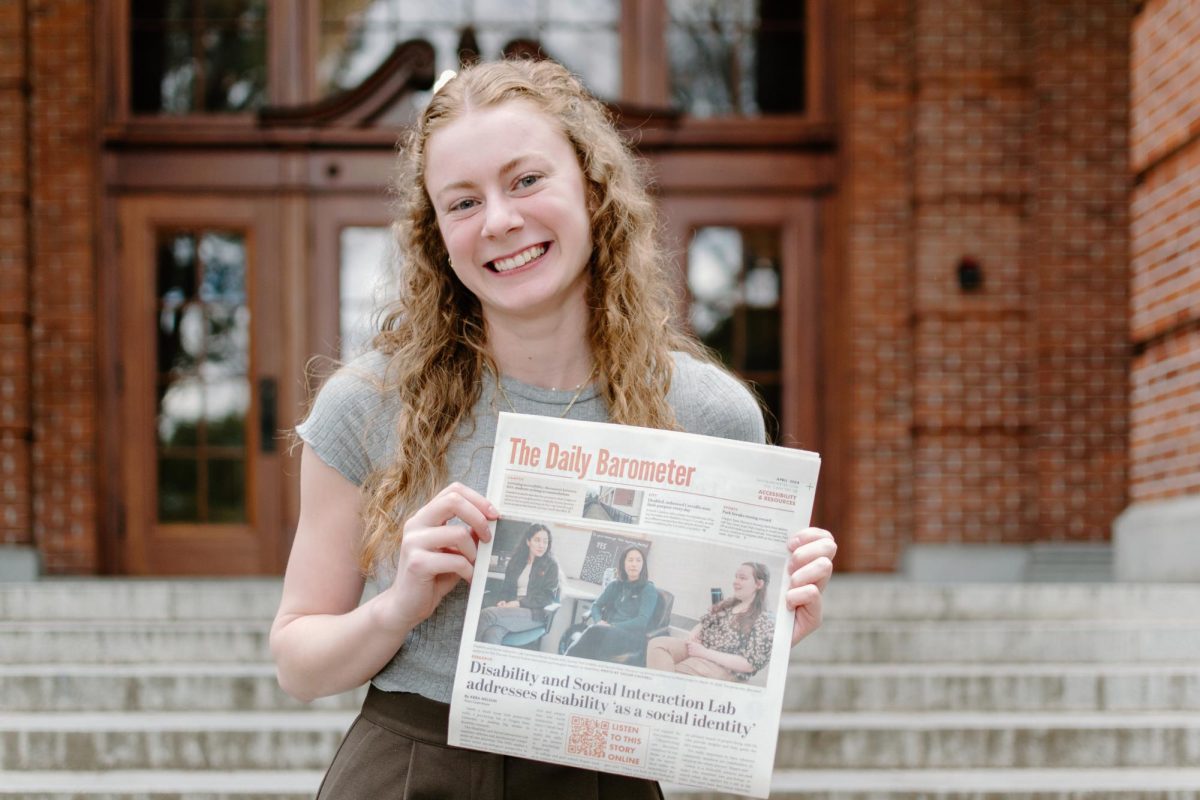

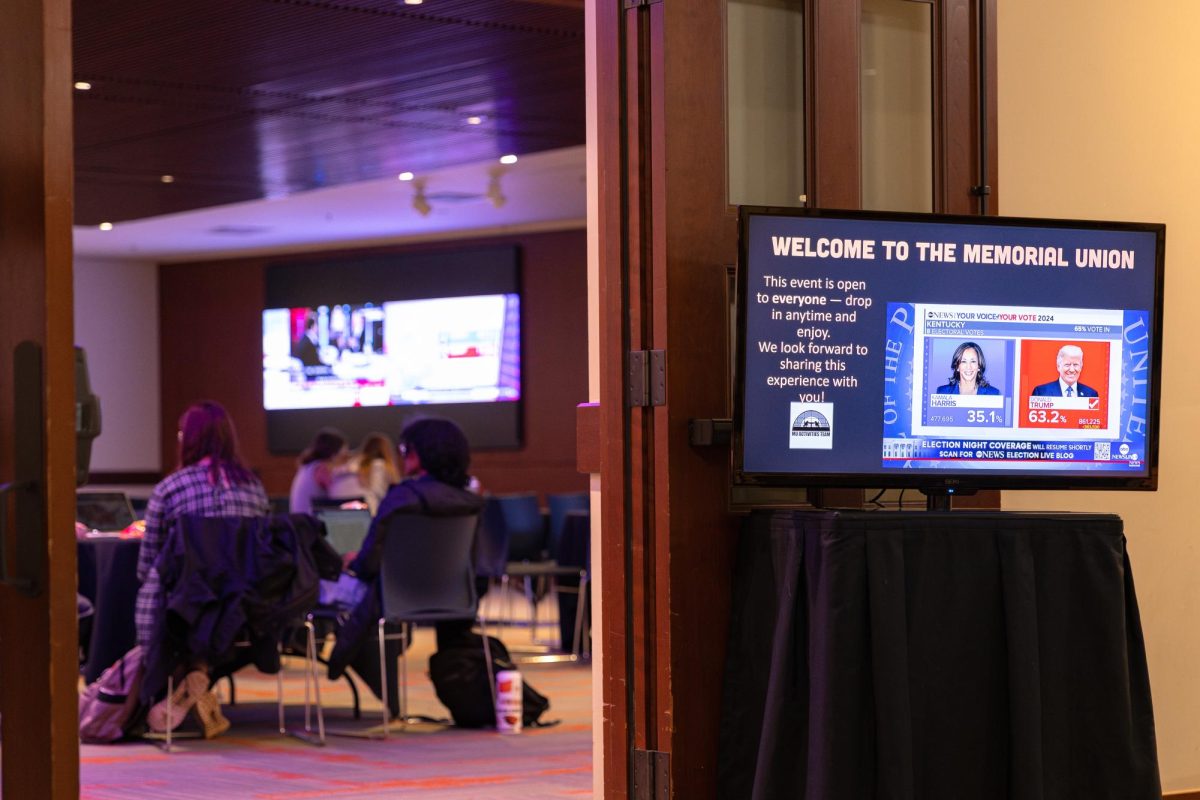



















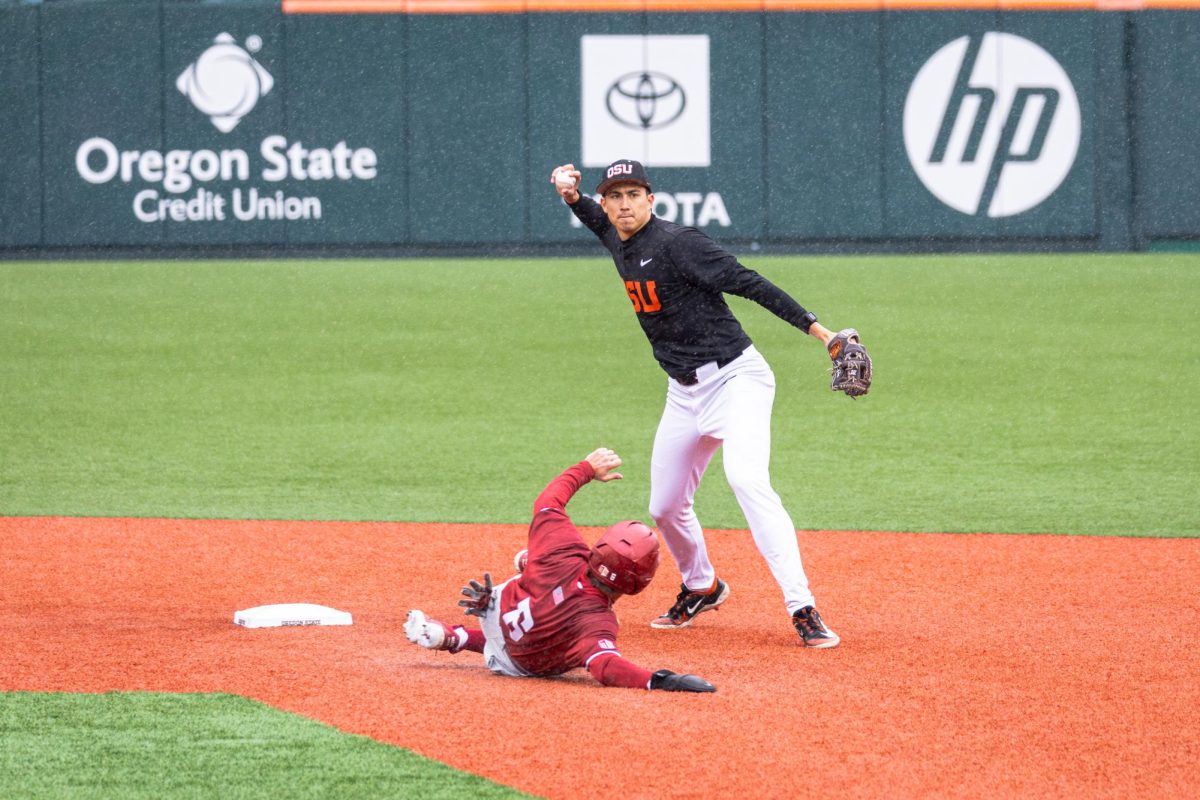







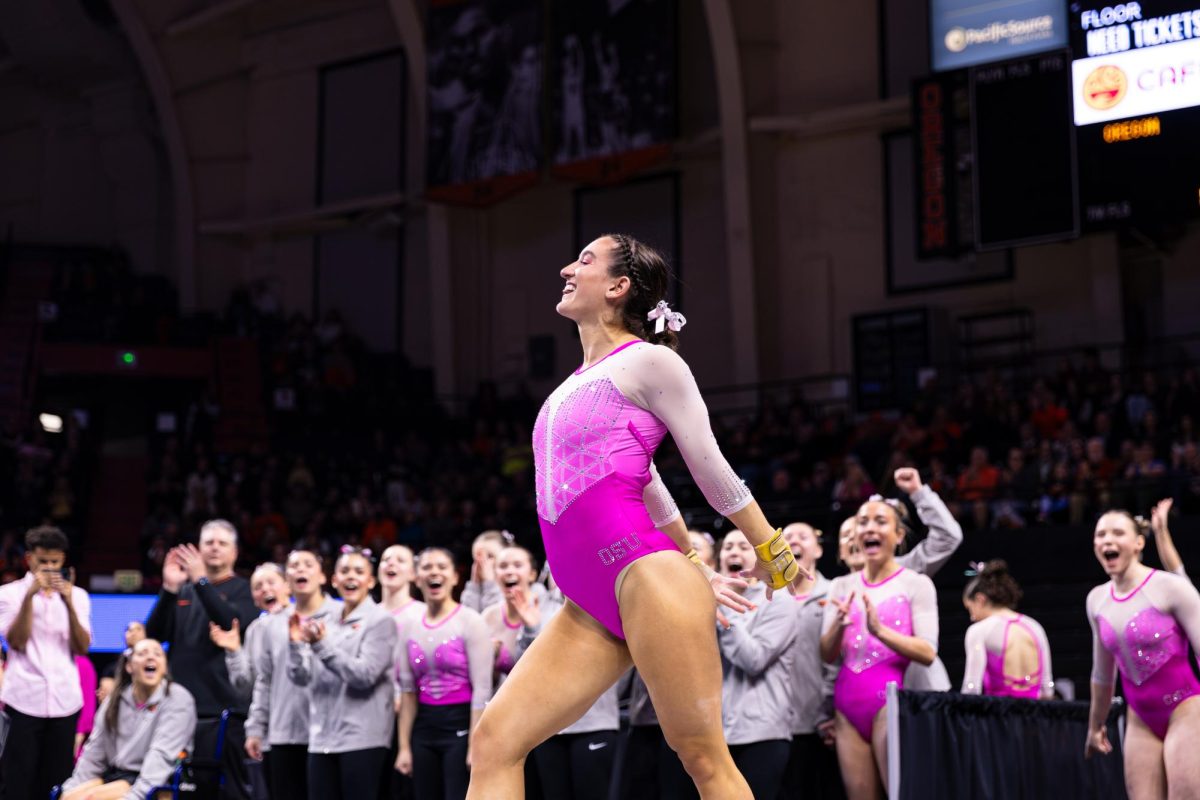


















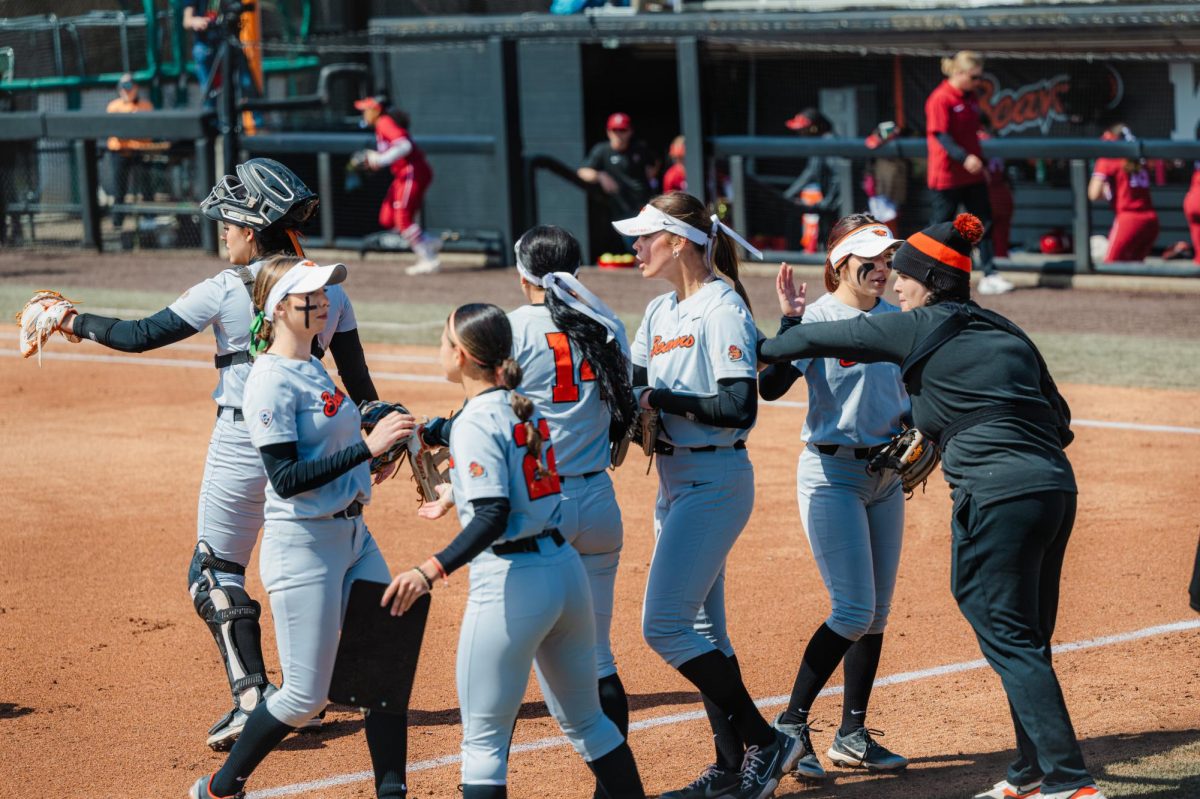





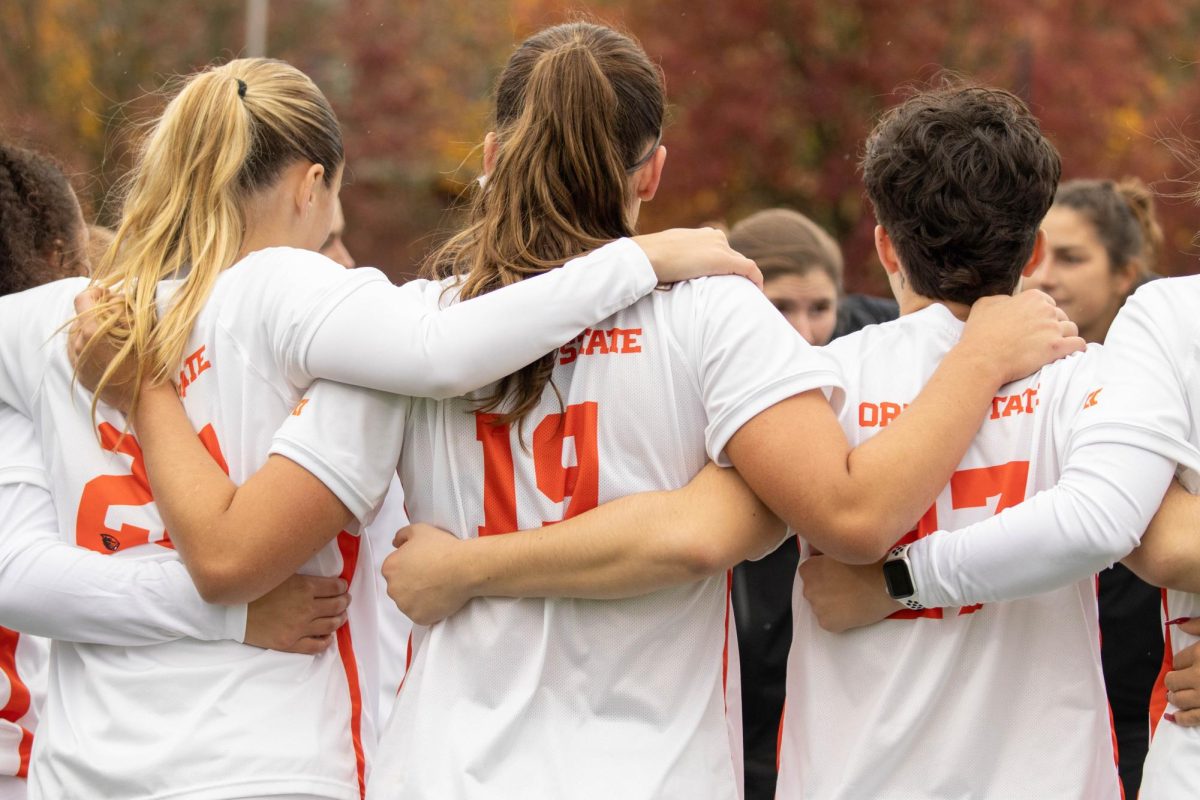















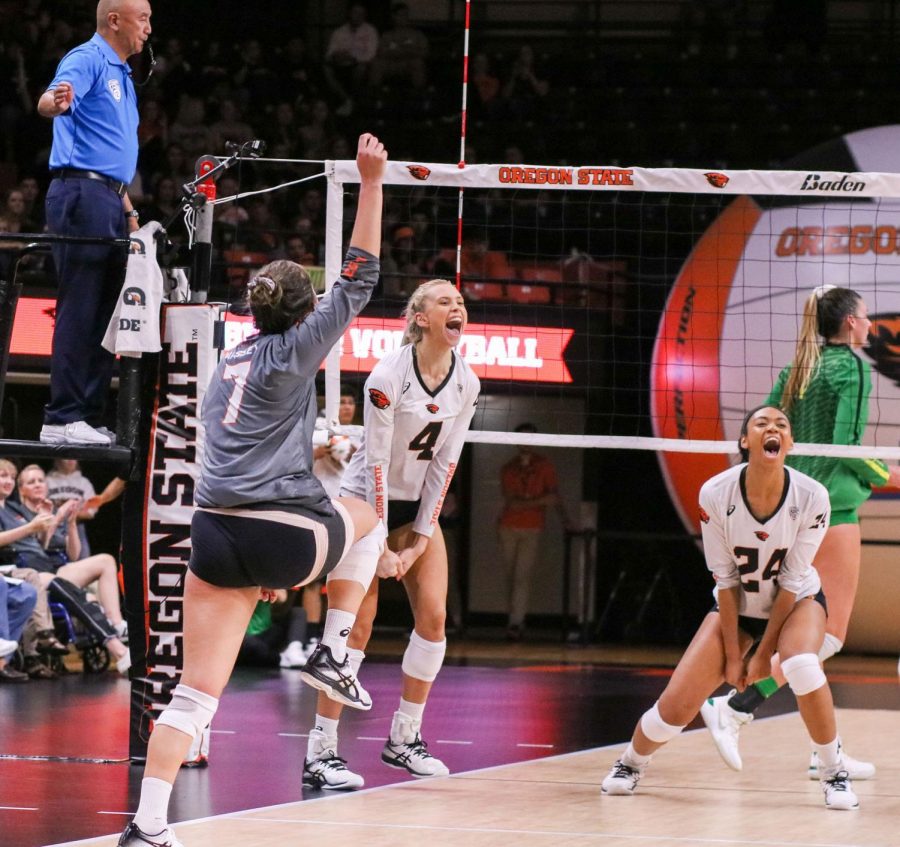










![Newspaper clipping from February 25, 1970 in the Daily Barometer showing an article written by Bob Allen, past Barometer Editor. This article was written to spotlight both the student body’s lack of participation with student government at the time in conjunction with their class representatives response. [It’s important to note ASOSU was not structured identically to today’s standards, likely having a president on behalf of each class work together as one entity as opposed to one president representing all classes.]](https://dailybaro.orangemedianetwork.com/wp-content/uploads/2025/03/Screenshot-2025-03-12-1.00.42-PM-e1741811160853.png)









